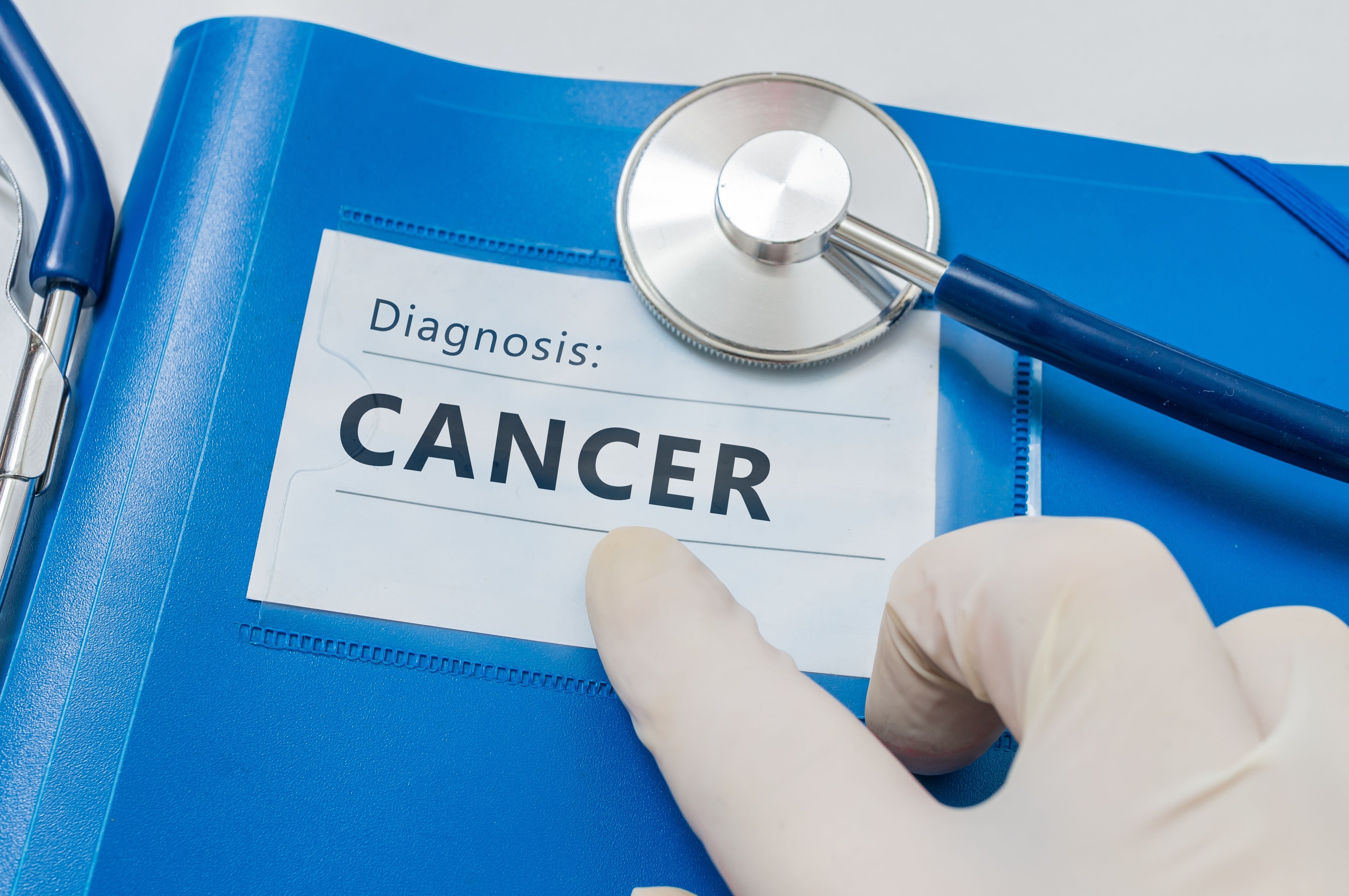- Center on Health Equity & Access
- Clinical
- Health Care Cost
- Health Care Delivery
- Insurance
- Policy
- Technology
- Value-Based Care
COVID-19 Pandemic's Disruption on Cancer Detection in the US
A nationwide analysis reveals a significant drop in cancer diagnoses, highlighting an urgent need for a catch-up in screening efforts.
During the first 10 months of the COVID-19 pandemic, cancer incidence trends experienced a substantial dip in diagnoses in the US. These trends provide insight into where the US health care system should be looking to recover lost opportunity in cancer screening and detection.

This cross-sectional analysis published today in JAMA Oncology.
“It is important that we establish policies to help reengage with all patients regarding eligible screenings and necessary follow-ups, and work with patients to develop and maintain good cancer screening habits,” wrote the researchers of the study.
To their knowledge, this is the first study to conduct a nationwide analysis using US cancer registry data to examine a cancer case deficit experienced during the COVID pandemic in 2020.
The study included cancer incidence data from the US Cancer Statistics 2001-2020 Public Use Database, covering approximately 99.7% of cancer cases in the US. The researchers calculated invasive cancer incidence rates based on the month of diagnosis from January 1, 2018, through December 31, 2020.
Additionally, the researchers included the exposures of age, sex, race, urbanicity, and state-level response to the pandemic at the time of cancer diagnosis.
Using time-series forecasting methods, the researchers calculated the expected cancer incidence rates from March 1, 2020, through December 31, 2020, from prepandemic trends from January 2018 to February 2020. Additionally, they measured the relative difference between observed and expected cancer incidence rates, as well as potentially missed cancer cases.
A total of 1.3 million cancer cases were reported in the US from March 1, 2020, through December 31, 2020, with an age-adjusted incidence rate of 326.5 cases per 100,000 people. Of these observed cases, 657,743 (50.7%) were male patients; 757,106 (58.3%) were individuals 65 years and older; and approximately 1.1 million (82.2%) were White individuals.
The observed cancer incidence rates of all sites in the US were 28.6% (95% predicted interval [PI], 25.4%-31.7%) lower than expected during the height of the COVID-19 pandemic response from March to May 2020, lower in June to December 2020 (6.3%; 95% PI, 3.8%-8.8%), and lower overall during the first 10 months of the pandemic (13%; 95% PI, 11.2%-14.9%).
Additionally, the researchers estimated there were potentially 134,395 (95% PI, 112,544-156,680) undiagnosed cancer cases during that time frame, with prostate cancer accounting for the largest number of potentially missed cases (n = 22,950), followed by female breast cancer (n = 16,870) and lung cancer (n = 16,333).
Furthermore, cancer screenings experienced a total rate reduction of 13.9% (95% PI, 12.2%-15.6%) compared with the expected rate. Although the rate of female breast cancer showed evidence of recovery after the first 3 months of the pandemic, levels remained low for colorectal, cervical, and lung cancers. Moreover, states with a more restrictive pandemic response had significantly greater disruptions, but these differences were nonsignificant by December 2020 for all sites, except lung, kidney, and pancreatic cancers.
The researchers acknowledged some limitations to their findings, including that the actual rates of cancer incidence may have been higher in the most recent periods due to delays in case reporting, not all cases had an available month of diagnosis and were excluded for missing information, and the number of potentially missed cases was based on a single value for the standard population for 2020 and did not account for population changes within the year.
Despite these limitations, the researchers believe these findings show that the US experienced significant disruptions in diagnosed cancer rates during the COVID-19 pandemic in 2020, which resulted in a substantial deficit in diagnosed cases.
“These findings offer crucial information for current cancer prevention and control initiatives. Furthermore, these findings emphasize the need to consider how future disaster planning could affect cancer detection,” wrote the researchers.
Reference
Burus T, Lei F, Huang B, et al. Undiagnosed cancer cases in the US during the first 10 months of the COVID-19 pandemic. JAMA Oncol. Published online February 22, 2024. doi:10.1001/jamaoncol.2023.6969
